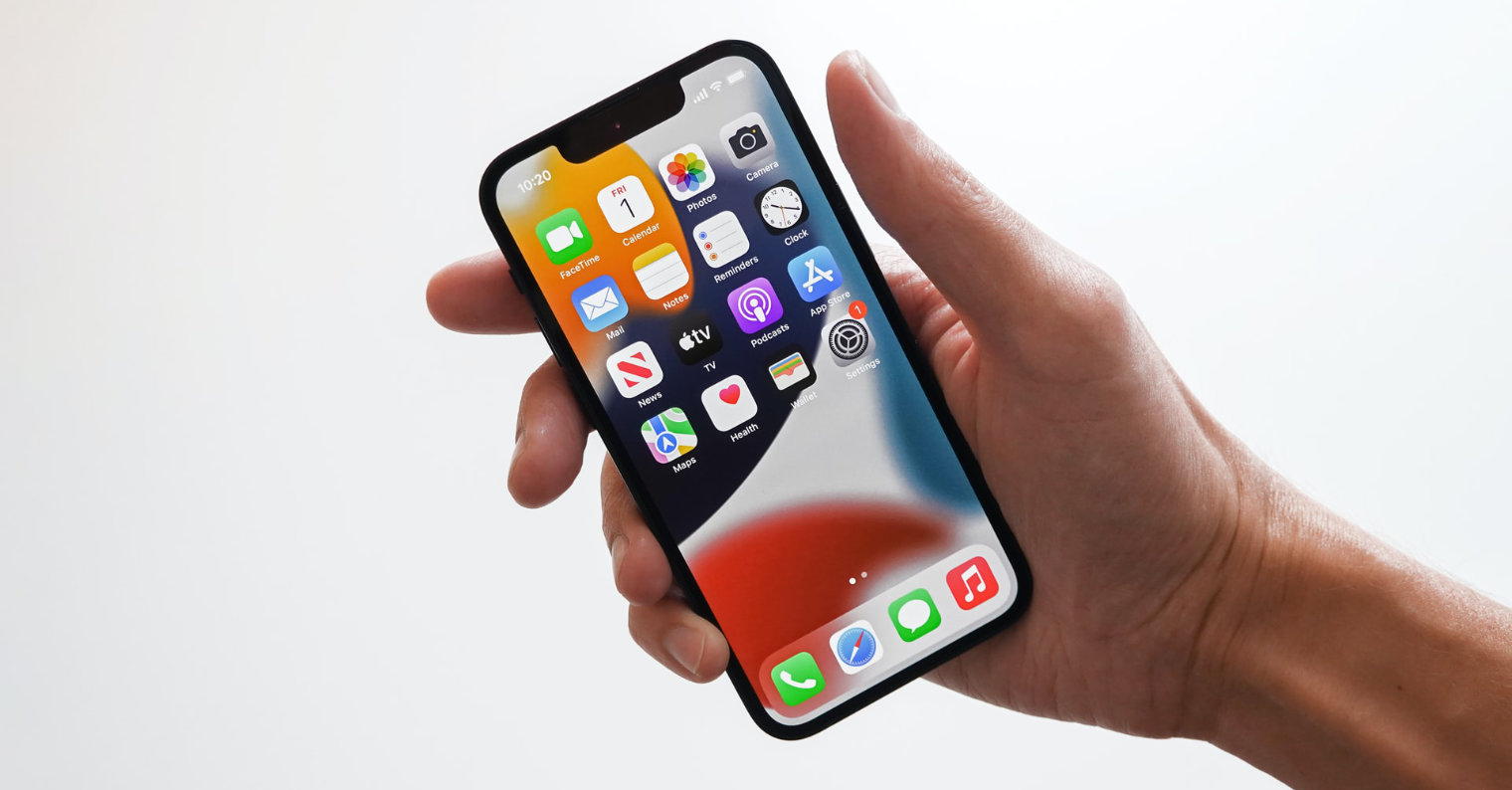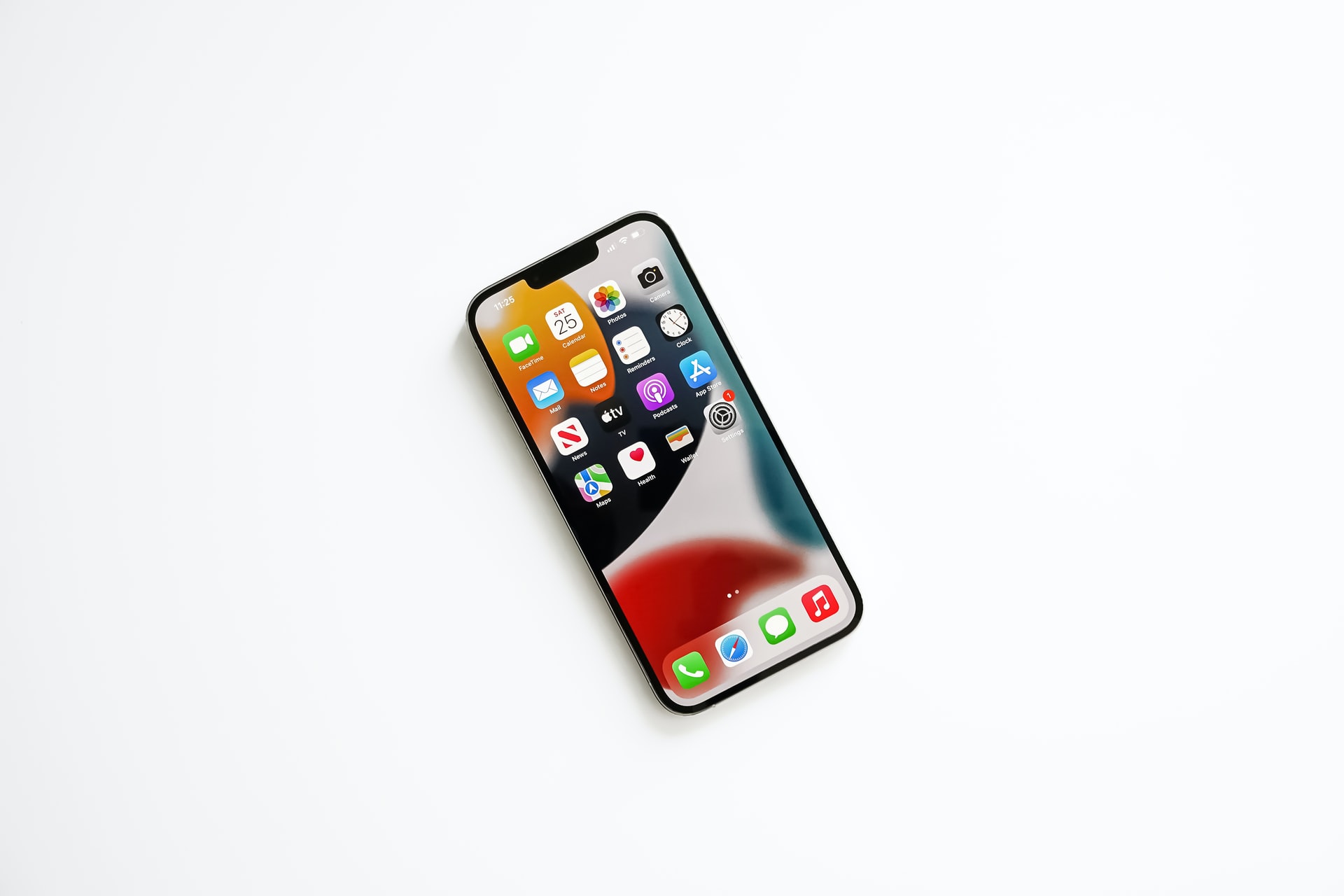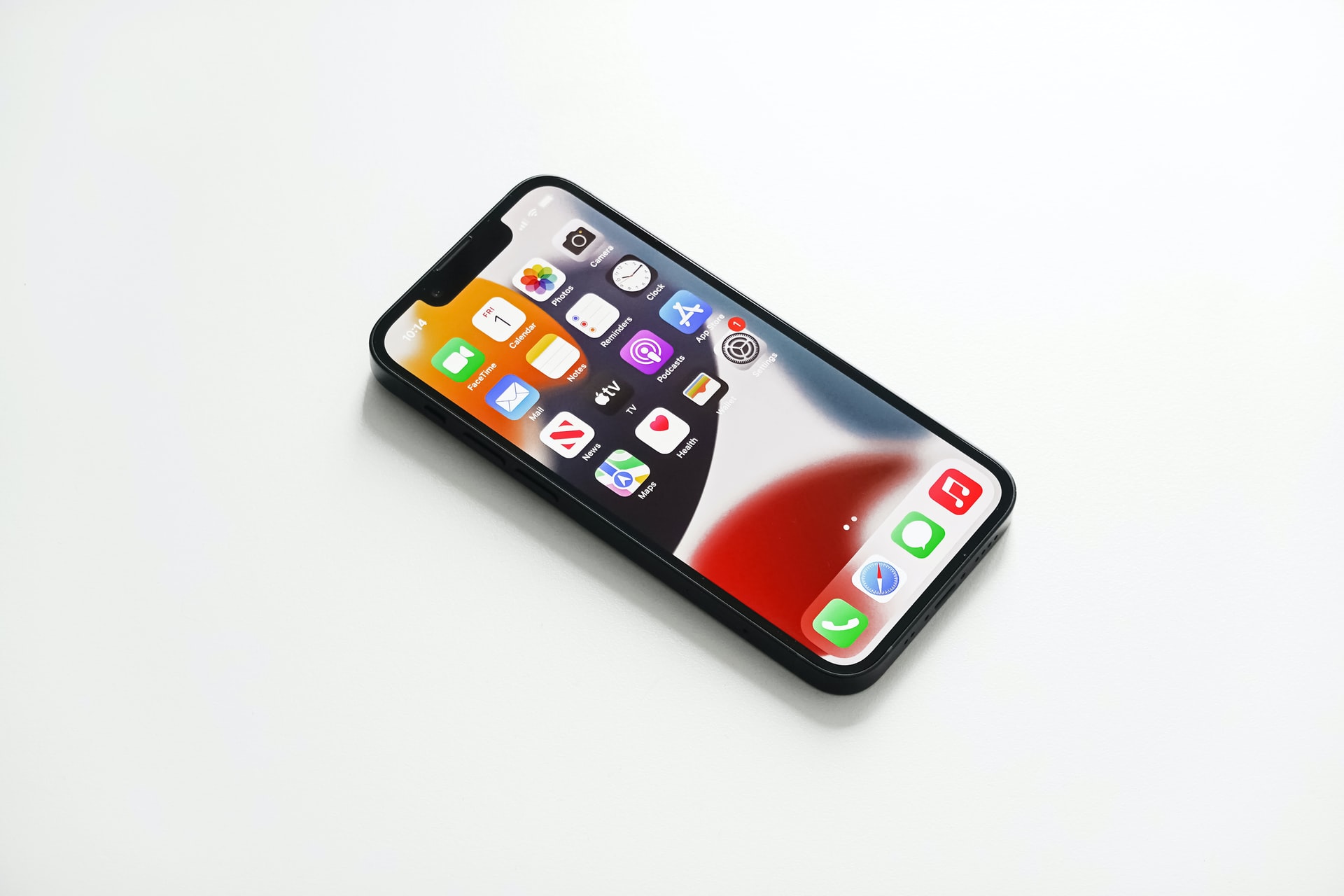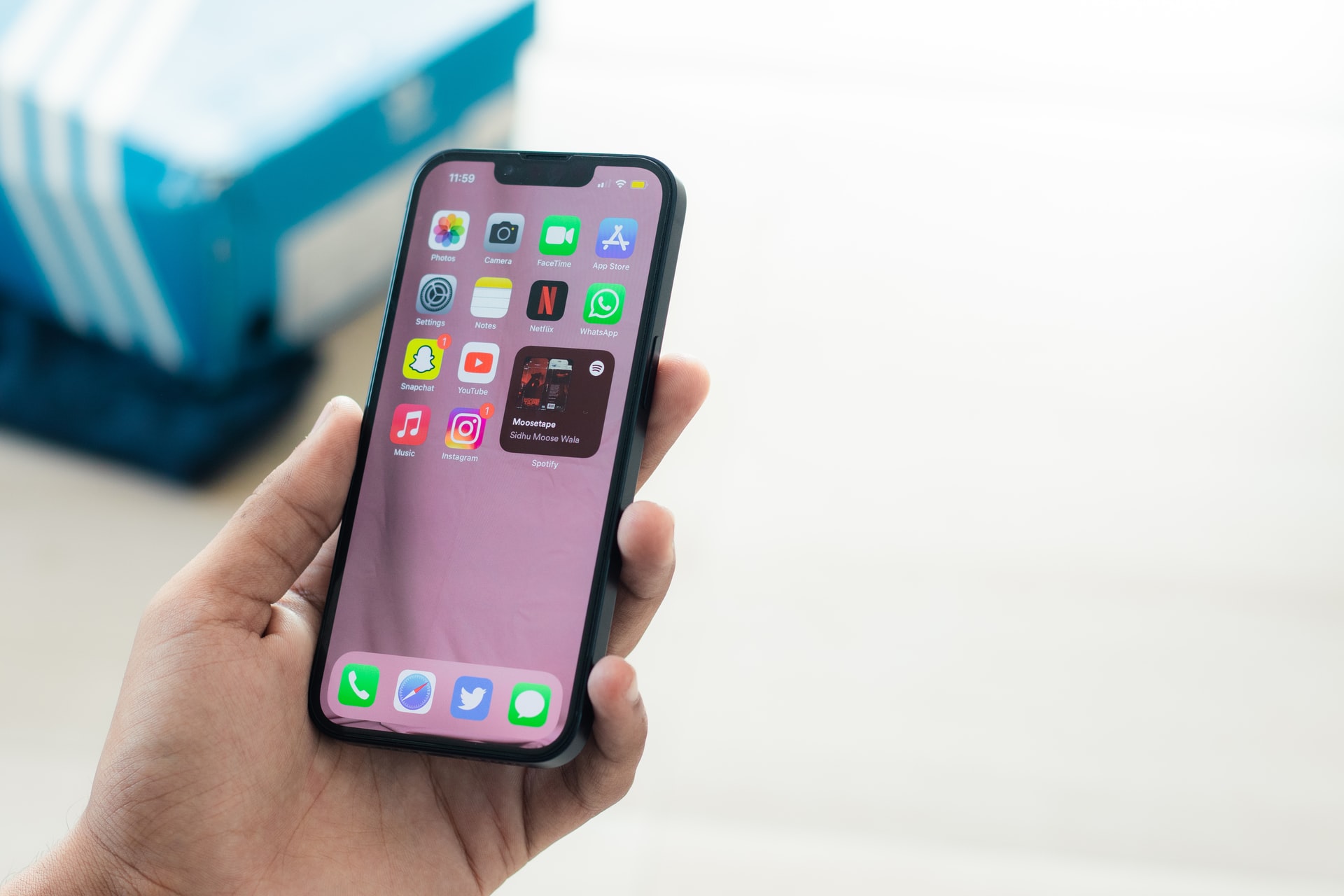According to the latest leaks, Apple plans to significantly improve several of its devices. With the latest information, respected display analyst Ross Young has now come, who claims that in 2024 we will see a trio of new products with OLED displays. Specifically, it will be MacBook Air, 11″ iPad Pro and 12,9″ iPad Pro. Such a change would significantly advance the quality of the screens, especially in the case of the mentioned laptop, which until now relies on an "ordinary" LCD display. At the same time, support for ProMotion should also arrive, according to which we expect an increase in the refresh rate to up to 120 Hz.
It could be interest you
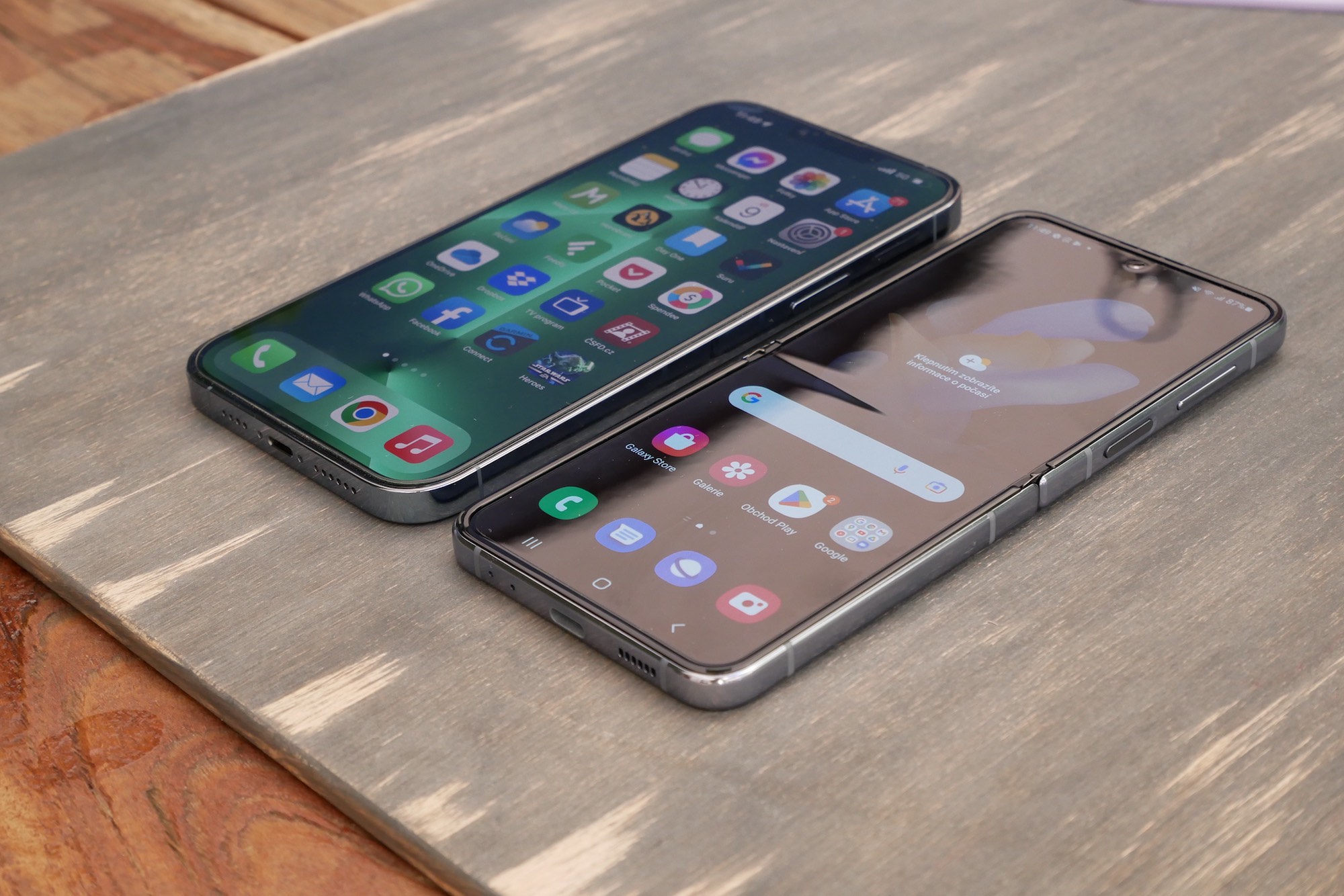
The same is the case with the 11″ iPad Pro. A step ahead is only the 12,9″ model, which is equipped with a so-called Mini-LED display. Apple already uses the same technology in the case of the revised 14″ / 16″ MacBook Pro (2021) with M1 Pro and M1 Max chips. At first, there was therefore speculation as to whether Apple would bet on the same method for the three mentioned products. He already has experience with Mini-LED technology and its implementation could be a little easier. Analyst Young, who has several confirmed predictions to his credit, has a different opinion and leans towards OLED. Let's therefore briefly focus on the individual differences and tell how these display technologies differ from each other.
Mini LED
First of all, let's shine a light on Mini-LED technology. As we mentioned above, we already know this very well and Apple itself has a lot of experience with it, as it already uses it in three devices. Basically, they are not that different from traditional LCD LED screens. The basis is therefore the backlight, without which we simply cannot do. But the most fundamental difference is that, as the name of the technology implies, incredibly small LE diodes are used, which are also divided into several zones. Above the backlight layer we find a layer of liquid crystals (according to that Liquid Crystal Display). It has a relatively clear task – to overlay the backlight as needed so that the desired image is rendered.
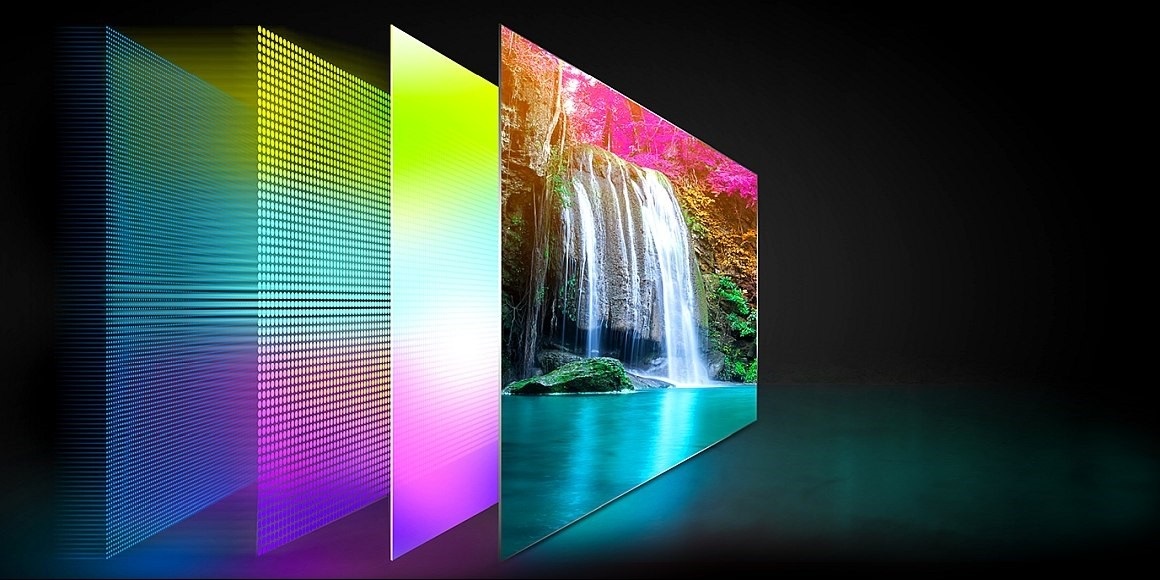
But now to the most important thing. A very fundamental shortcoming of LCD LED displays is that they cannot reliably render black. The backlight cannot be adjusted and very simply it can be said that it is either on or off. So everything is solved by a layer of liquid crystals, which tries to cover the glowing LE diodes. Unfortunately, that is the main problem. In such a case, black can never be reliably achieved - the image is rather greyish. This is exactly what Mini-LED screens solve with their local dimming technology. In this respect, we return to the fact that individual diodes are divided into several hundred zones. Depending on the needs, the individual zones can be completely switched off or their backlight can be switched off, which solves the biggest disadvantage of traditional screens. In terms of quality, Mini-LED displays come close to OLED panels and thus offer a much higher contrast. Unfortunately, in terms of quality, it does not reach OLED. But if we take into account the price / performance ratio, then Mini-LED is a completely unbeatable choice.
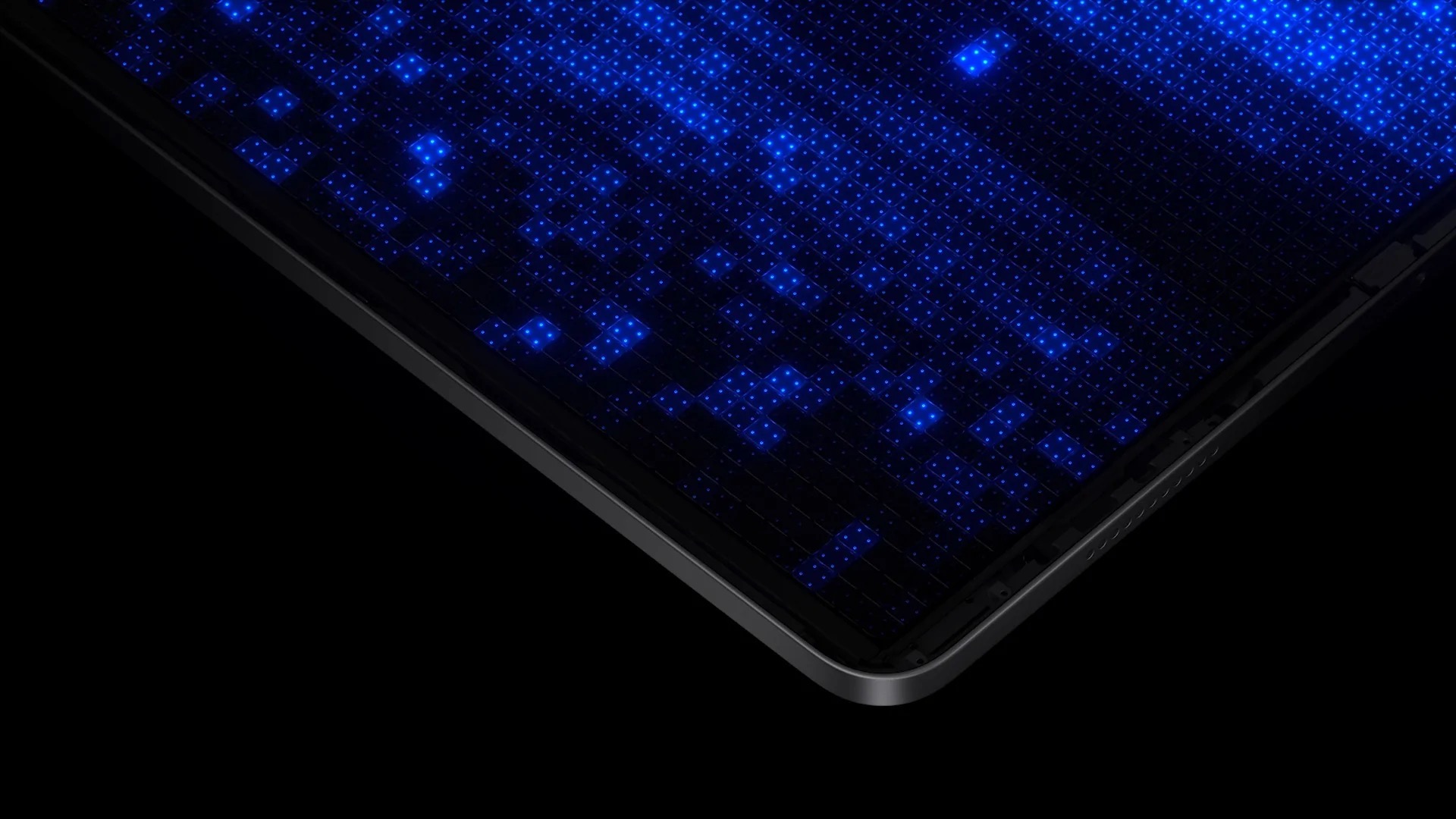
OLED
Displays using OLED are based on a slightly different principle. As the name itself suggests Organic Light-Emitting Diode it follows, in that case organic diodes are used, which can generate light radiation. This is precisely the magic of this technology. Organic diodes are significantly smaller than traditional LCD LED screens, making 1 diode = 1 pixel. It is also important to mention that in such a case there is no backlight at all. As already mentioned, organic diodes themselves are capable of generating light radiation. So if you need to render black in the current image, simply turn off specific diodes.
It is in this direction that OLED clearly surpasses the competition in the form of LED or Mini-LED backlighting. It can thus reliably render complete black. Although Mini-LED tries to solve this ailment, it relies on local dimming through the mentioned zones. Such a solution will not achieve such qualities due to the fact that zones are logically less than pixels. So in terms of quality, OLED is slightly ahead. At the same time, it brings with it another benefit in the form of energy savings. Where it is necessary to render black, it is enough to turn off the diodes, which reduces energy consumption. On the contrary, the backlight is always on with LED screens. On the other hand, OLED technology is a bit more expensive and at the same time has a worse lifespan. iPhone and Apple Watch screens rely on this technology.
It could be interest you
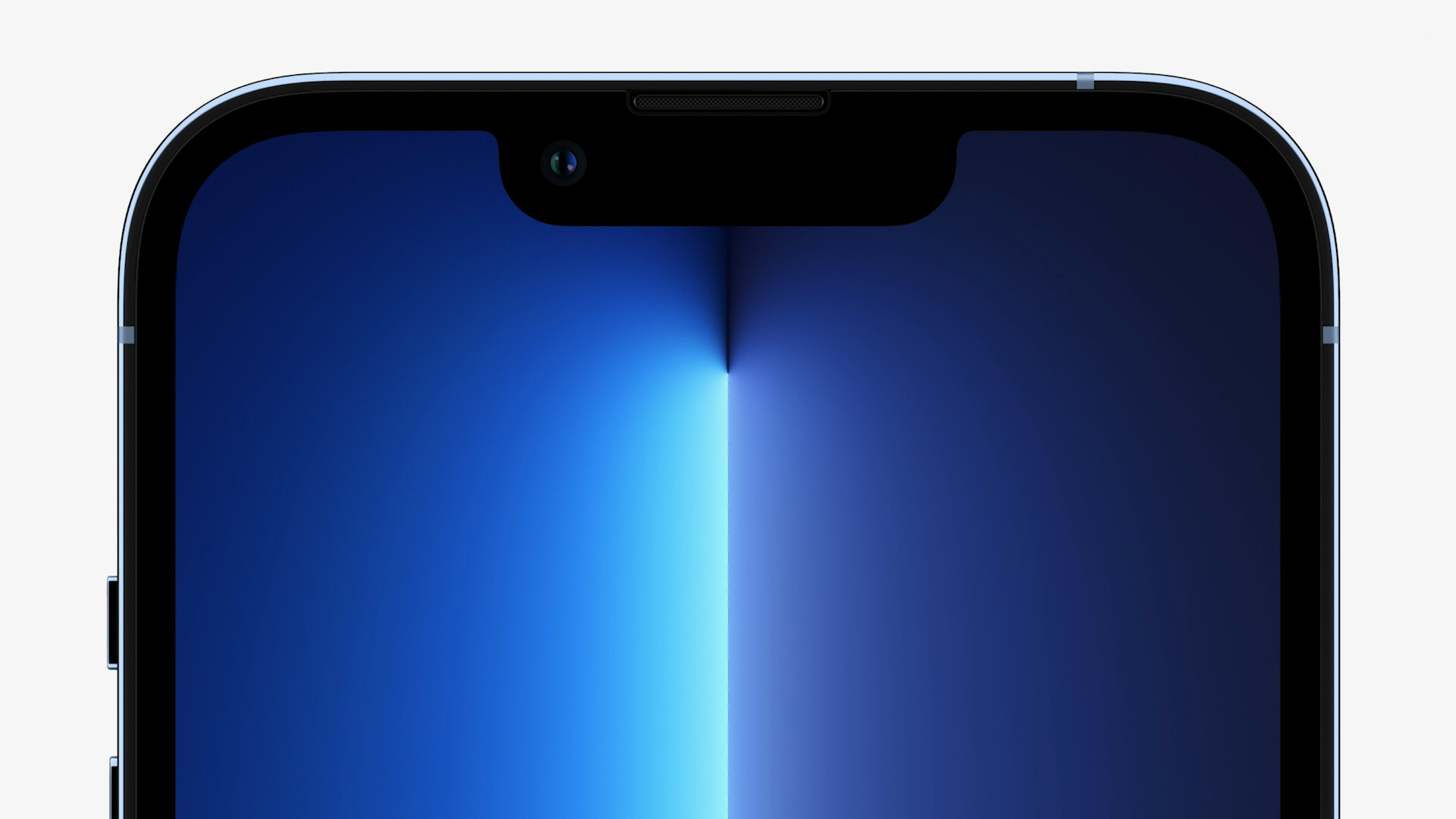
 Adam Kos
Adam Kos 